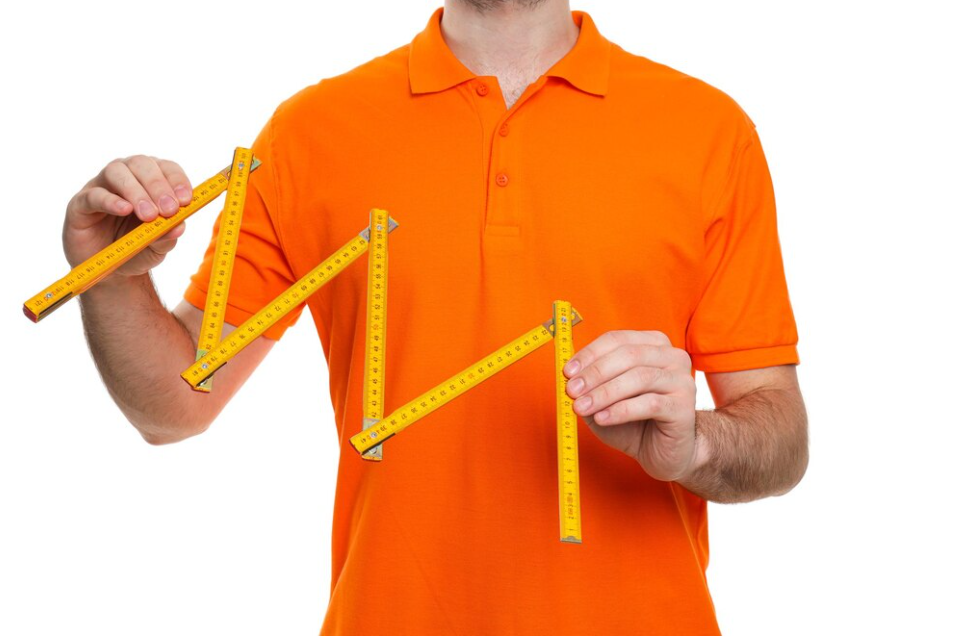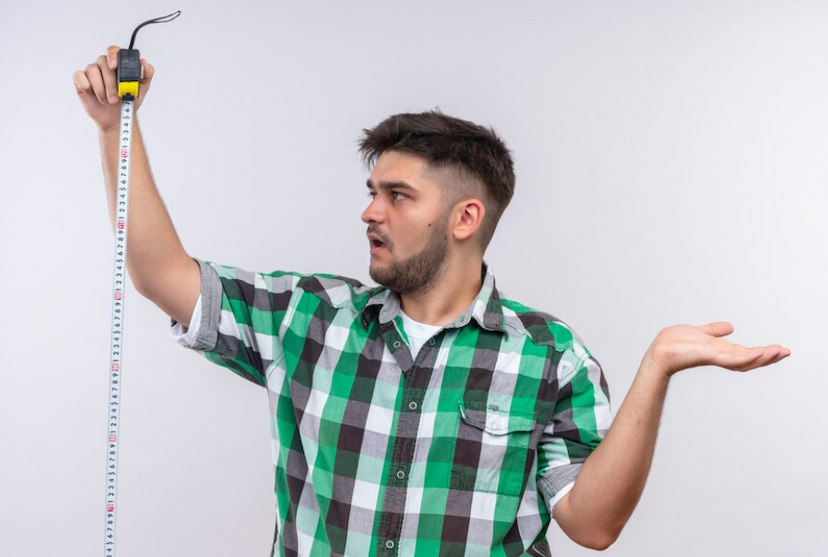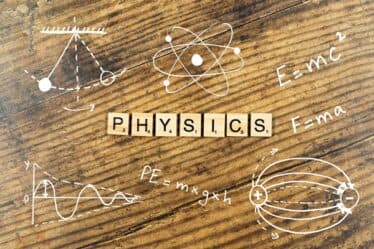Conquer Length Conversions: Master Meter to Feet in 5 Easy Steps!

Converting units is one of the most important things when it comes to numeric research and exact numbers. The transfer from Meter to Feet is one of these basic changes that is used a lot in many areas. This guide tries to explain this conversion process in detail by going into the maths behind it, looking at how it can be used in real life, and stressing how important it is to learn this skill in a wider sense. Read more, Bye Bye Rote Learning? CBSE Considers Open Book Examinations (OBE) for 4 Million Students


Important Terms: A Glossary
1. Meter (m): The metre is the basic unit of length in the International System of Units (SI). It is measured by how far light can move in a vacuum in 1/299,792,458 seconds.
2. Feet (ft): The foot is a long measure that is used in both the standard and customary systems. Twelve inches is equal to one foot.
3. Conversion Factor: A conversion factor is a number that is multiplied by one unit of measurement to get another. When going from metres to feet, the conversion factor is about 3.28084.

4. SI Unit:The International System of Units, or SI, is the current name for the metric system. One of the basic parts of this method is the metre.
5. Imperial System: The imperial system uses feet, pounds, and seconds as its base measures. A lot of people in the US and a few other countries use it.


Steps to Convert Meters to Feet
Step 1: Know what the conversion factor is. It is important to understand the conversion factor before starting the conversion process. According to what was already said, 1 metre is about 3.28084 feet.
Step 2: Enter the value of the metre This is how you change a metre value to feet: increase the metre value by the conversion factor. For example, if you have 5 metres, you would multiply that number by 3.28084 to get an equal number in feet.
Step 3: Verify Your Units Make sure that the units are lined up properly when you do the math. Since you want to show the length in feet, make sure that the end answer has the number “ft.”
Step 4: Check and round if needed Once the math is done, check the answer and round it to the level of accuracy you want. There are times when you might want to round to a certain number of decimal places.

Meter to Feet Conversion Table
Refer to this table for quick conversions:
| Meters (m) | Feet (ft) |
|---|---|
| 0.001 | 0.00328 |
| 0.01 | 0.03280 |
| 0.1 | 0.32808 |
| 1 | 3.2808 |
| 2 | 6.5616 |
| 3 | 9.8425 |
| 4 | 13.1233 |
| 5 | 16.4041 |
| 6 | 19.6850 |
| 7 | 22.9658 |
| 8 | 26.2467 |
| 9 | 29.5275 |
| 10 | 32.8083 |
| 25 | 82.0209 |
| 50 | 164.0419 |
| 100 | 328.0839 |
| 1000 | 3280.839 |
Highlighted Values:

Educational Insights: Unlocking the Math Behind the Conversion
Knowing the math behind the change makes it easier to use what you’ve learned in different situations. To go from metres to feet, you increase the number in metres by the conversion factor. Let’s look at an example to learn more about the process:
For example, find 12 feet in feet. 12 m x 3.2808 ft/m = 39.3708 ft12 m = 3.280848 feet per m = 39.37008 feet
From the given metre value (12) to the corresponding value in feet (39.37008), the calculation is as follows: multiply by 3.28084 the conversion factor.
Advantages of Understanding Meter to Feet Conversion:
- Precision in Measurements: When accuracy is important, like in building or science study, knowing how to convert metres to feet is key to getting the right results.
- Interdisciplinary Applications: Knowing how to change between metres and feet is useful in many fields, such as science, engineering, building, and more.
- International Communication: Understanding metre numbers makes it easier to talk to people from other countries because the metric system is used all over the world.
Final Note
In conclusion, learning how to convert metres to feet is more than just practicing numbers. To be able to do this skill gives people from many different fields the power to handle difficult situations with precision and accuracy. This skill is very important because it can be used in many different fields, helps with foreign conversation, and makes sure that numbers are taken accurately in many areas. Once we learn about conversion factors, unit uniformity, and real-world uses for metre to feet conversion, we see that mastering it is not only a mathematical feat but also a key to a world of opportunities. So, let’s keep learning about, using, and mastering the world of length changes with ease.
Also, read







